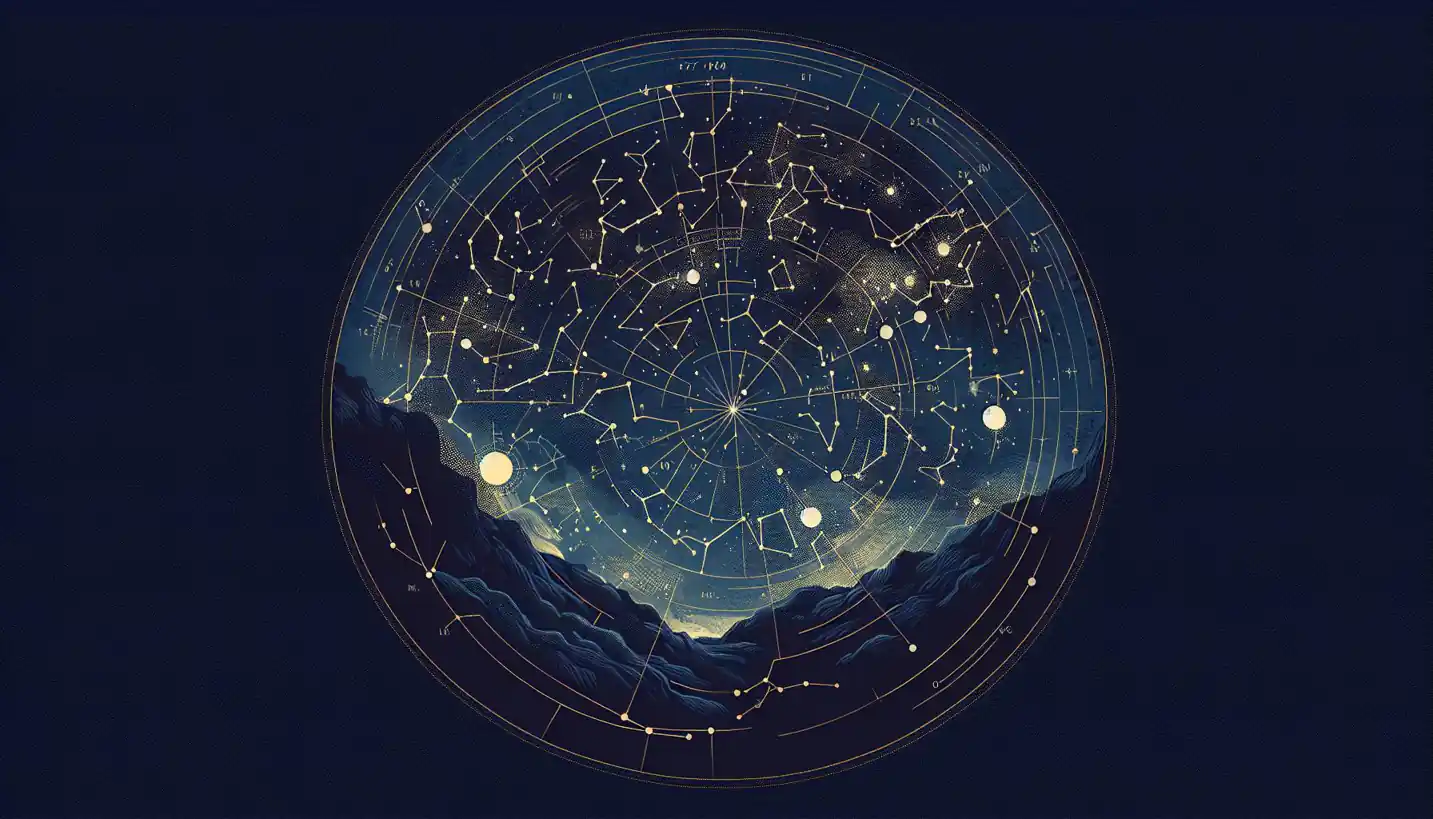· Astronomy · 5 min read
Compton Scattering: Unveiling the Secrets of Gamma-ray Astronomy
Compton scattering is a pivotal process in gamma-ray astronomy, unveiling hidden cosmic secrets. Learn how this interaction reshapes our understanding of the universe.

Picture this: you’re trying to understand the universe, starting from the tiniest particles up to the colossal galaxies. Gamma-ray astronomy offers a window into that universe, and Compton scattering is one of the tools scientists use to peer through that window.
What is Compton Scattering?
At the heart of gamma-ray astronomy lies Compton scattering, a process named after American physicist Arthur H. Compton. Back in the early 1920s, Compton noticed something fascinating: when X-rays interacted with materials, they scattered at different angles and lost energy. This discovery earned him a Nobel Prize in 1927 and is now a cornerstone in our exploration of the cosmos.
Imagine a game of cosmic billiards. When a gamma ray, which is a high-energy photon, collides with an electron, it bounces off, much like a billiard ball hitting another. This collision involves an exchange of energy and momentum. The result? The photon changes direction and its energy decreases. This change in energy and direction reveals secrets about the universe.
Why is it Important in Astronomy?
Gamma rays are some of the most energetic forms of light. They originate from some of the most extreme environments in space, like exploding stars or even black holes. To unravel the mysteries of these cosmic phenomena, scientists rely on their ability to detect and analyze gamma rays. Here’s where Compton scattering shines.
By studying how gamma rays scatter off electrons, scientists can deduce information about the gamma-ray source. It’s like Sherlock Holmes piecing together a puzzle; the scattered rays tell a story about the conditions and environments far, far away in space.
A Peek into the Universe’s Extremes
Consider a supernova, an exploding star releasing vast amounts of energy. The gamma rays emitted are witnesses to these cataclysmic events. When these rays travel across the universe and eventually interact with detectors on Earth, Compton scattering provides clues about the supernova’s energy and the material it encountered along the way.
Then there’s the mysterious case of black holes. As matter spirals into a black hole, it heats up and releases gamma rays. By observing the scattered rays, scientists can learn about the behavior of matter and energy around these enigmatic entities.
Technological Marvels: Observing through Scattering
To dive into these cosmic tales, scientists use remarkable instruments called Compton telescopes. These are not your everyday telescopes that look at stars; they are designed to detect gamma rays and analyze how they scatter. The Fermi Gamma-ray Space Telescope is one such marvel, studying gamma-ray sources and providing insights into the high-energy universe.
These telescopes allow us to peek into the most energetic regions of space. By observing the scattering of gamma rays, they help map out gamma-ray sources, advancing our understanding of phenomena such as gamma-ray bursts, which are among the most powerful explosions in the universe.
Real-World Example: Solving Cosmic Mysteries
A practical example of Compton scattering in action is its role in studying pulsars, which are rotating neutron stars emitting beams of radiation. When gamma rays from pulsars reach Earth, Compton scattering helps astronomers determine their energies and directions, contributing to a clearer picture of these celestial lighthouses.
Moreover, Compton scattering is instrumental in distinguishing between different types of gamma-ray sources. By analyzing the scattered photons, scientists can differentiate between emissions from black holes, pulsars, or distant galaxies.
Metaphoric Universe: Seeing the Unseen
Think of Compton scattering as a cosmic fingerprinting technique. Just like detectives use fingerprints to identify individuals, astronomers use the scattered gamma rays to identify and understand celestial objects and phenomena.
By studying these interactions, we’re uncovering layers of cosmic events hidden from our direct view. It’s a bit like peeling an onion; each layer reveals more about the universe, expanding our knowledge and curiosity.
Future Directions and Unanswered Questions
While we’ve learned much from Compton scattering, the universe always keeps some secrets up its sleeve. Scientists continue to refine techniques and develop next-generation detectors to understand gamma rays even better. What processes generate these high-energy rays? What can they tell us about dark matter or the universe’s early days?
These are just a few questions being asked in the field. Every discovery made using Compton scattering not only adds a new piece to the cosmic puzzle but also inspires further curiosity and exploration.
The Constant Quest for Understanding
As we zoom out from this cosmic detective story, it’s evident that Compton scattering is more than just a scientific process. It’s a key that unlocks the universe’s myriad mysteries, slowly unravelling the vast narrative of existence itself. Whether it’s unveiling the dynamics of black holes or understanding gamma-ray bursts, the role of Compton scattering in gamma-ray astronomy is indispensable.
The cosmos is vast, and its energy spectrum—a range of different energies from radio waves to gamma rays—is enormous. Compton scattering helps us bridge our understanding between the universe’s energy extremes and its many wonders. So next time you look up at the night sky, remember the hidden stories told through the scattering of gamma rays, tales that continue to unfold as we explore the final frontiers.



